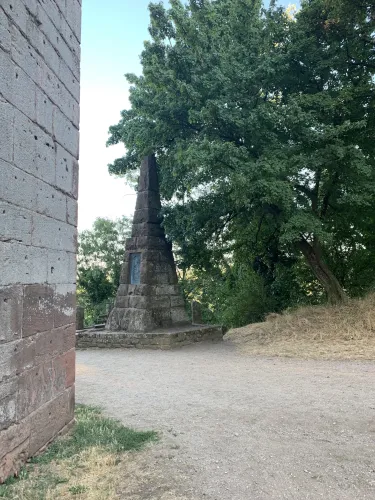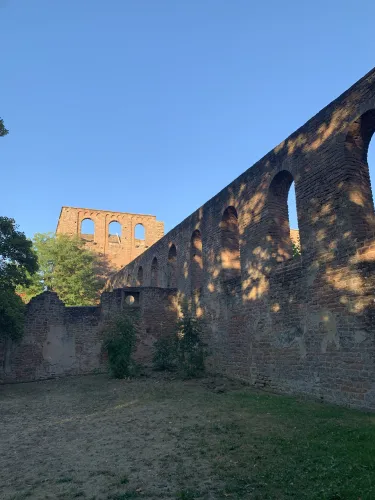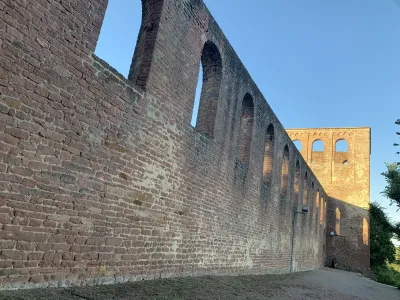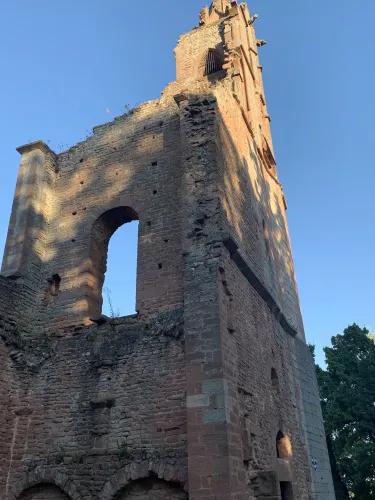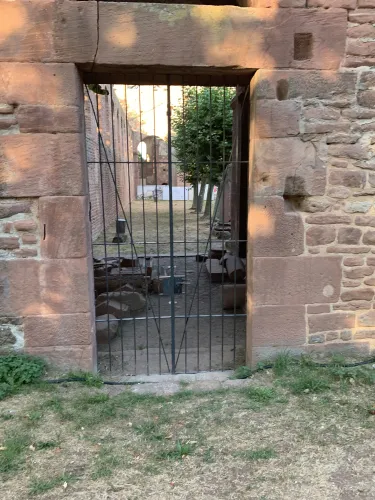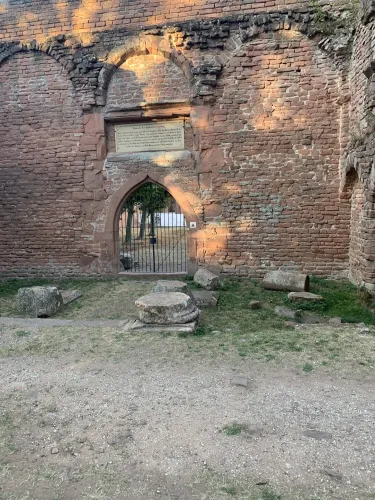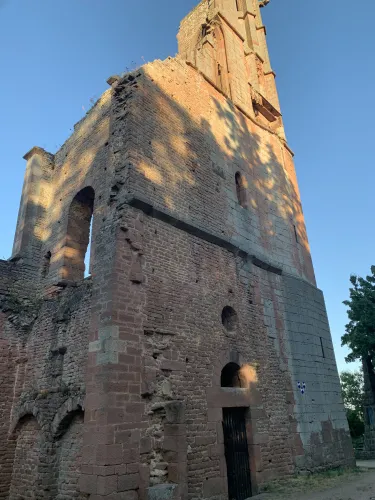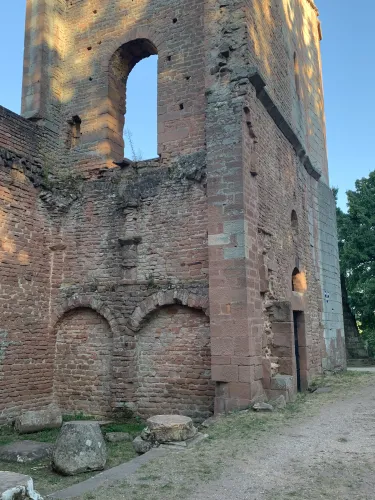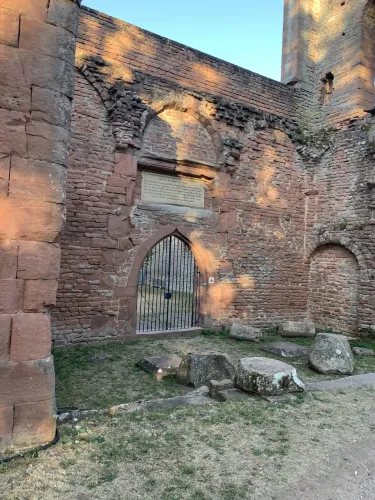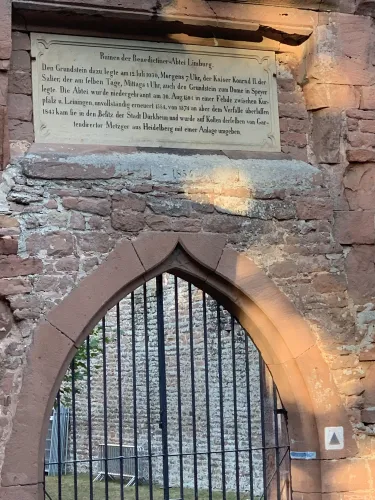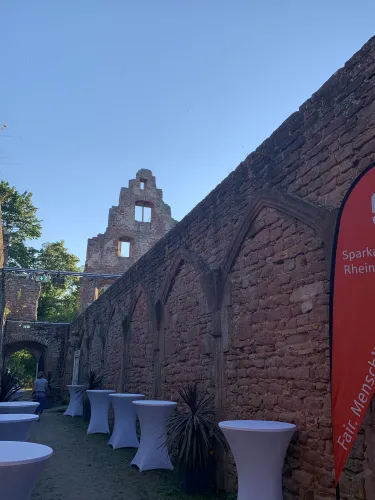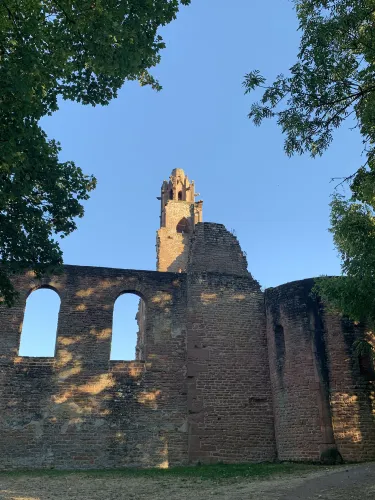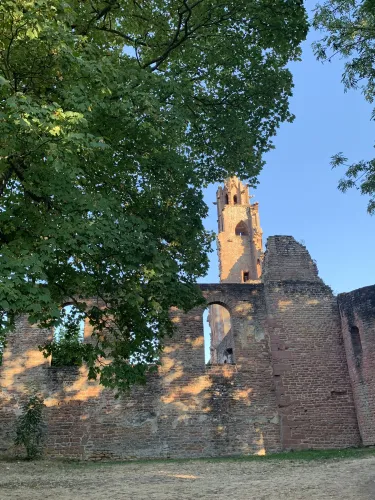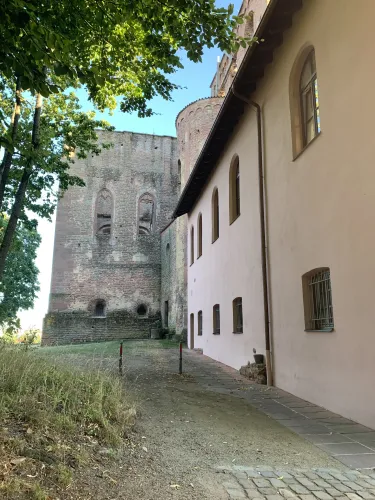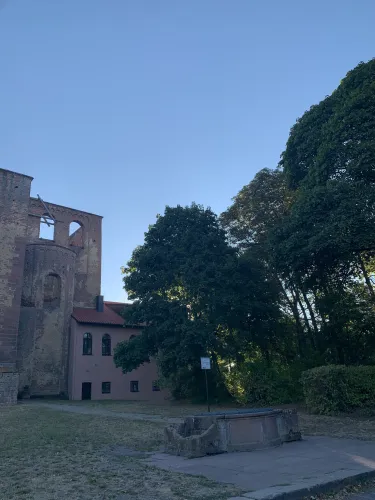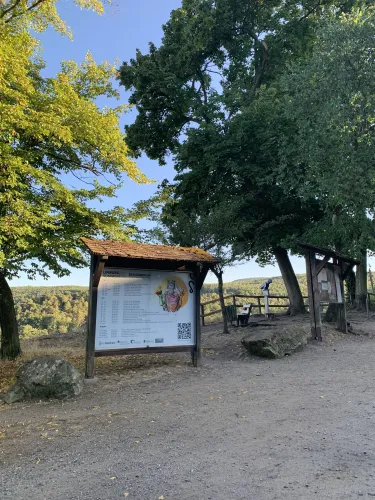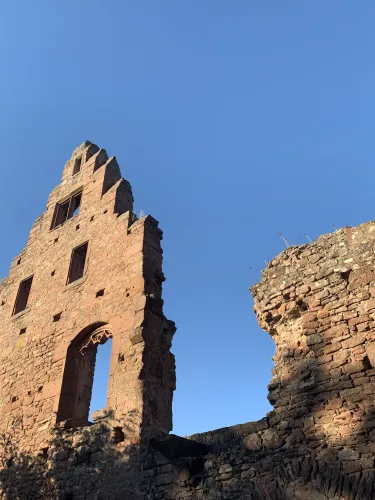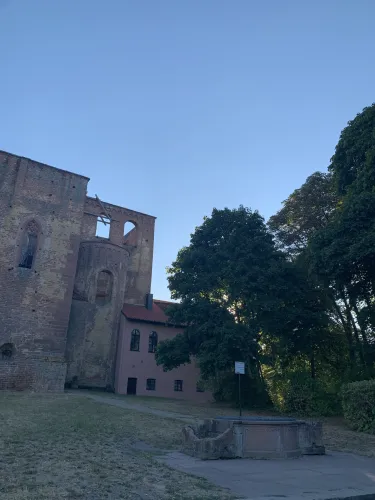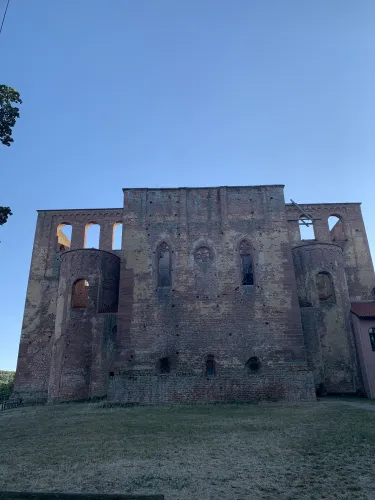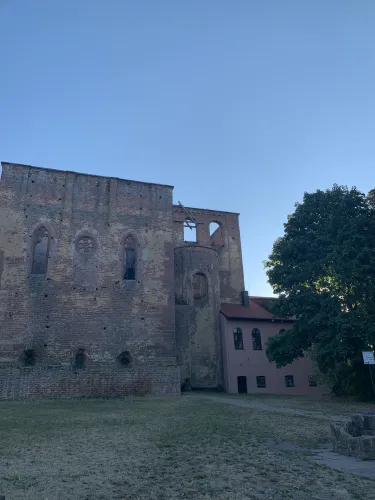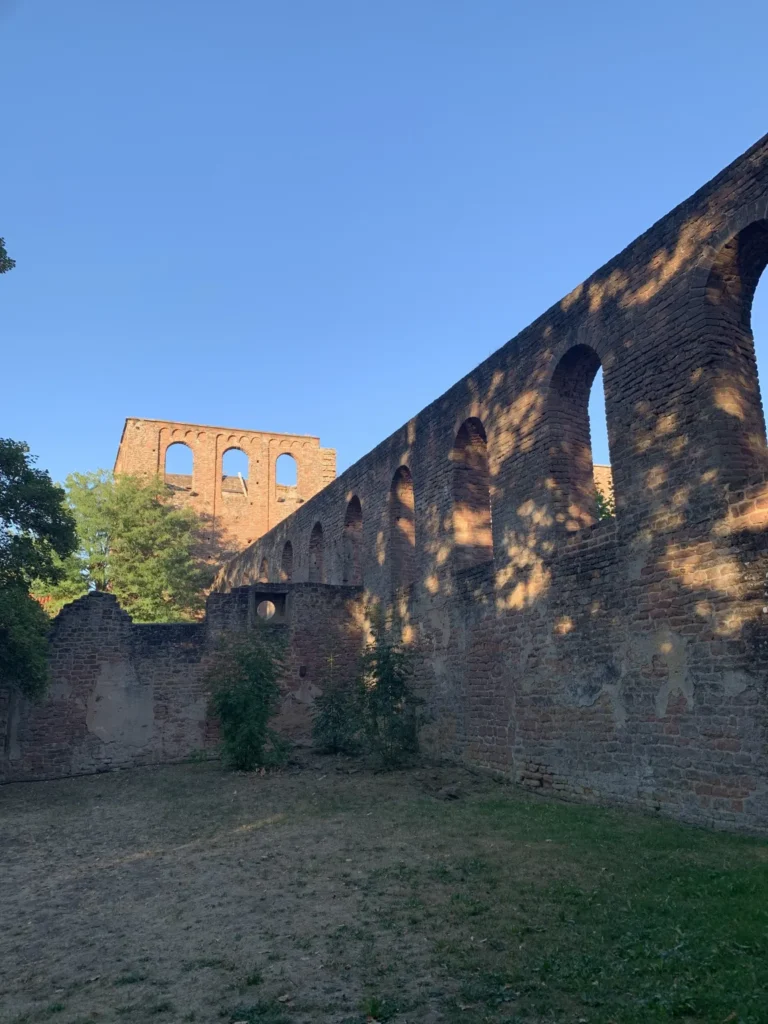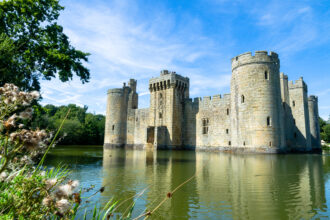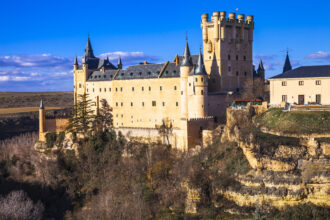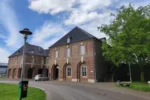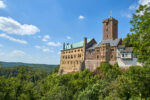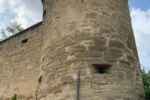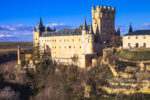The Limburg monastery ruins on the edge of the Palatinate Forest in Bad Dürkheim an der Weinstraße are a truly mystical monument and one of the most significant and largest monuments of the early Salian period. According to legend, they were built by the devil. The master builder of Limburg had asked the devil to help him with the construction. The devil thought he was building a tavern and not a monastery. When the deception was discovered, he wanted to smash the monastery with a rock. But the monks asked the Mother of God for help, and she melted the stone like butter. Even today, there are supposedly imprints of the devil on the Devil’s Stone, which is located in the Palatinate Forest near Bad Dürkheim. So much for the founding myth. What is certain is that a Celtic mountain fortress already existed there around 500 BC, which the Salian dukes of Worms converted into a castle after the Migration Period. On July 22, 1025, his birthday, Conrad II, later emperor from the influential Salian dynasty, laid the foundation stone for the imposing Limburg Monastery, an abbey of the Benedictine order, built of red sandstone in the Romanesque style. From 1034 to 1063, the imperial regalia, the symbols of imperial power and dignity and the greatest treasure of the Holy Roman Empire, were kept there. In 1038, a synod was held there that determined the beginning of Advent for all of Western Christianity. It was decided that the first Sunday of Advent would always be celebrated between November 27 and December 3. The columned basilica was completed in 1042. It was consecrated in honor of the Holy Cross. Its name, “Stift zum heiligen Kreuz” (Abbey of the Holy Cross), can be traced back to the fact that the son of Emperor Conrad II, who died in 1039, Emperor Henry III, brought a piece of the Holy Cross here in 1046. To this day, the remains of Queen Gunhild of Denmark, the wife of Emperor Henry III, rest in the nave. From 1206 onwards, the Counts of Leiningen were appointed as protectors of the monastery. Between 1205 and 1214, they built the fascinating Hardenburg Castle on land belonging to the monastery. This led to a legal dispute that was only settled in 1249 by a treaty. In 1376, there were renewed conflicts between the Counts of Leiningen and the prince-bishoprics of Worms, Speyer, and Mainz, during which the monastery was severely damaged. Finally, in 1504, Count Emich IX of Leiningen-Hardenburg had the monastery burned down and robbed. When it was rebuilt, only the choir of the abbey was constructed. When Frederick III of the Palatinate introduced the Reformation in 1546, he prohibited the admission of novices because the monks did not want to accept the doctrine. During the Napoleonic era, the monastery was used as a quarry until it was acquired by the town of Bad Dürkheim in 1843. Today, the Limburg monastery ruins are among the most remarkable in the Palatinate and have been listed as a cultural object worthy of protection at European level since 1973. The Limburg monastery ruins are also home to the Konrad 2 restaurant and event location. The Limburg monastery ruins are a valuable cultural asset that is not only steeped in history but also offers a breathtaking panorama of Bad Dürkheim.
